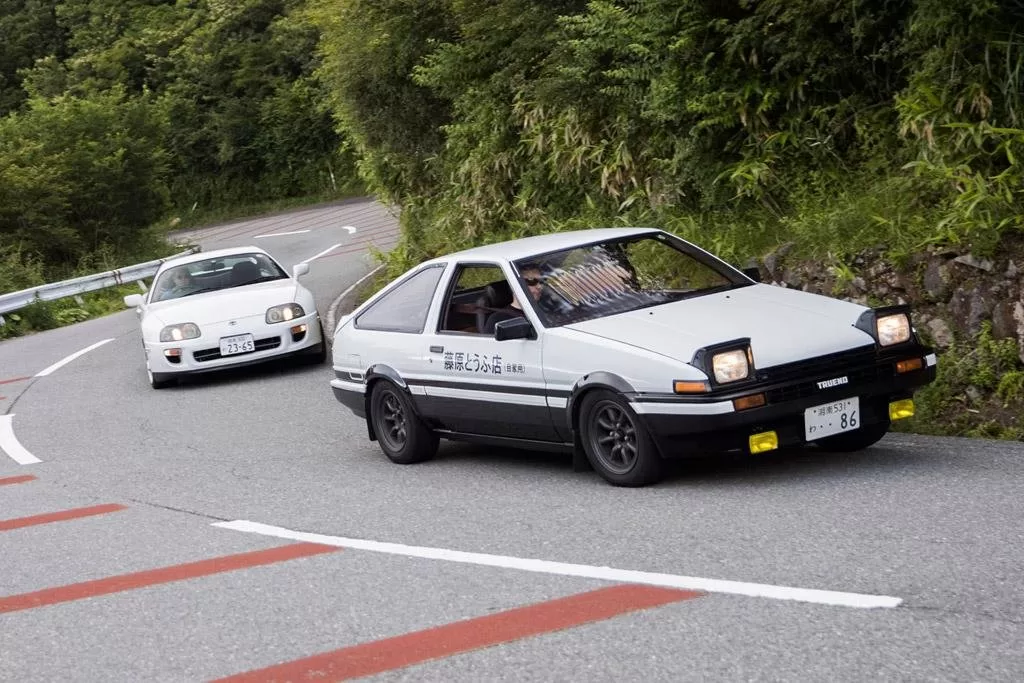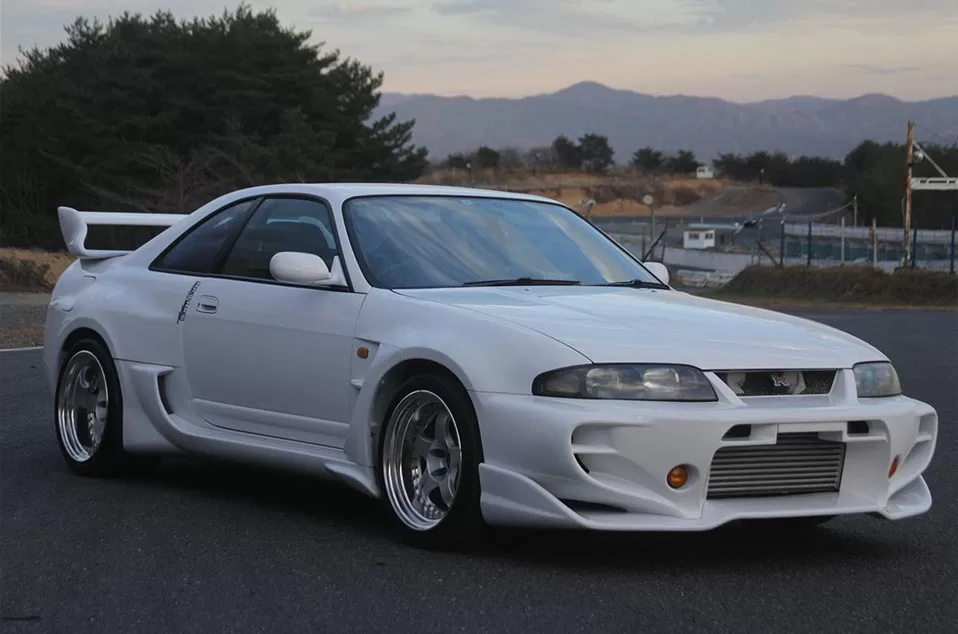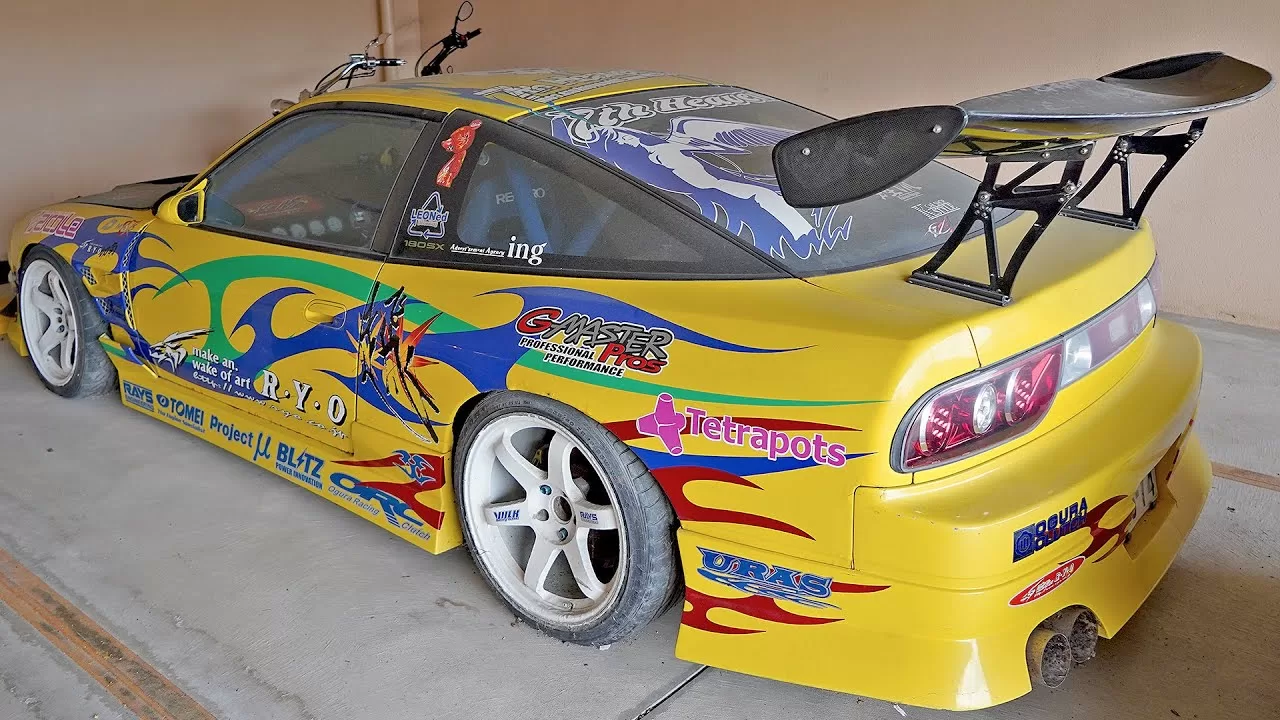Definition and explanation of Japanese drift cars
Japanese drift cars, known for their aggressive driving style and sideways sliding maneuvers, have captivated automotive enthusiasts around the world. Let’s delve into their definition and explore the key aspects that make them so unique.
Introduction to Japanese Drift Cars:
- Japanese drift cars are a category of high-performance vehicles specifically designed and modified for the art and sport of drifting.
- Drifting involves intentionally oversteering the car, causing the rear tires to lose traction, and skillfully maintaining control while sliding through corners.
Characteristics of Japanese Drift Cars:
- Rear-Wheel Drive (RWD): Most Japanese drift cars utilize a rear-wheel drive layout, offering better control and maneuverability during drifts.
- Powerful Engines: These vehicles often feature modified engines or turbochargers, producing substantial horsepower to initiate and sustain controlled drifts.
- Suspension and Chassis: Upgraded suspension systems, including adjustable coilovers, provide the necessary stability and responsiveness for precise handling during drifts.
Modification and Customization:
- Engine Modifications: Drift cars commonly undergo engine upgrades, such as ECU tuning, intake and exhaust enhancements, enabling increased power delivery and throttle response.
- Drivetrain Enhancements: Strengthening the drivetrain components, such as the clutch, differential, and driveshaft, ensures durability and better power distribution during demanding drift maneuvers.
- Exterior Features: Body kits, spoilers, and diffusers are often added to improve aerodynamics, stability, and visual appeal, while also serving functional purposes.
Notable Japanese Drift Car Models:
- Nissan Silvia (S-chassis): Highly sought-after for its balanced weight distribution and potential for extensive modifications.
- Toyota AE86: Revered for its lightweight design, agile handling, and cultural significance from its appearances in popular media.
- Mazda RX-7: Known for its rotary engine, offering a unique driving experience with excellent power delivery and responsiveness.
In conclusion, Japanese drift cars embody the perfect marriage of power, control, and customization. With their distinct characteristics and modifications, these vehicles have become symbols of a thrilling motorsport discipline and continue to captivate enthusiasts worldwide.

Historical Background of Japanese drift cars
The historical background of Japanese drift cars traces back to the early days of Japanese motorsport and the emergence of a new generation of talented drivers. Here are the key points:
- Early Motorsport in Japan: In the 1960s, Japanese drivers began participating in international races and quickly gained recognition for their skills and competitiveness. Kunimitsu Takahashi, one of the most successful Japanese drivers of that era, achieved victories in the Japanese Grand Prix in 1967 and 1968, showcasing Japanese driving prowess.
- Influence of Kunimitsu Takahashi: Takahashi’s success helped popularize motorsport in Japan and inspired a new generation of Japanese drivers. His achievements and driving techniques became a source of inspiration for aspiring racers, including in the realm of drifting.
- Keiichi Tsuchiya and the Rise of Drifting: Keiichi Tsuchiya, referred to as the “Drift King,” played a pivotal role in popularizing drifting in Japan during the 1970s. Tsuchiya’s exceptional drifting skills and innovative techniques gained attention and admiration, leading to the growth of drifting as a motorsport discipline.
- Introduction to Drifting in the United States: In the 1980s, drifting began to gain popularity in the United States, influenced by Japanese motorsport culture and the success of Japanese drivers in American motorsport events. Hideo Tsuchiya’s victory at the Indianapolis 500 in 1989 marked a significant breakthrough for Japanese drivers and further contributed to the spread of drifting in the U.S.
- Popularity Surge in the 1990s: The 1990s witnessed a surge in the popularity of Japanese drift cars, driven in part by the release of popular video games featuring drifting, such as “Gran Turismo” and “Need for Speed.” Additionally, the release of the movie “The Fast and the Furious” in 2001, featuring the cars, further propelled the global fascination with drifting.

Popularity
The popularity of Japanese drift cars continued to grow in the 1990s. This was due in part to the release of several popular video games that featured drifting. These games, such as “Gran Turismo” and “Need for Speed,” helped to introduce drifting to a new generation of fans.
The popularity of drifting also received a boost from the release of the movie “The Fast and the Furious.” The movie, which was released in 2001, featured a number of Japanese drift cars, and it helped to make drifting even more popular around the world.
Types
There are many different types of Japanese drift cars. Some of the most popular models include the Nissan Skyline GT-R, the Toyota Supra, and the Mazda RX-7. These cars are all known for their powerful engines and their rear-wheel drive layout, which makes them ideal for drifting.

Modifications
Many Japanese drift cars are heavily modified. This is done to improve their performance and make them more suitable for drifting. Some of the most common modifications include installing a turbocharger or supercharger, upgrading the suspension, and fitting wider tires.

Culture
Japanese drift cars represent more than just mechanical prowess; they are a symbolic embodiment of Japanese culture. Drifting, a widely embraced sport in Japan, is not only about skillful driving but also serves as a form of self-expression. This unique art form allows drivers to showcase their individual style and creativity. The cars themselves are often adorned with elaborate graphics, further accentuating their visual appeal and making them a favorite choice for music videos and movies. As a result, the cars have transcended their role as mere vehicles and have become cultural icons that attract enthusiasts and admirers from around the world.

Future
The future of Japanese drift cars is bright. The sport of drifting is becoming increasingly popular around the world. And Japanese cars are sure to remain at the forefront of the sport.
Japanese drift cars have a long and storied history. With a global popularity that has made them an iconic symbol of Japanese culture. The future of these cars looks promising. And their enduring appeal ensures that they will remain popular for many more years to come. With a rich and evolving legacy, the cars are set to continue their dominance and captivate enthusiasts worldwide. The combination of their distinctive designs, constant technological advancements. And the passionate community surrounding them guarantees their enduring popularity in the foreseeable future.





